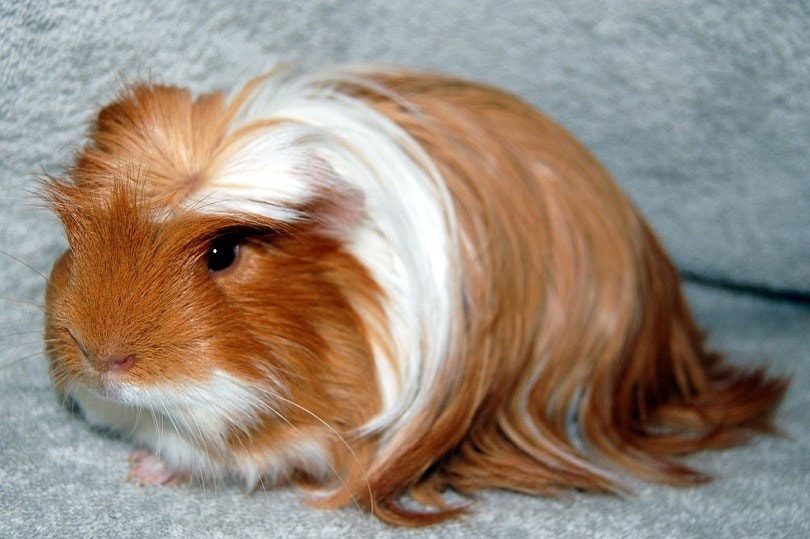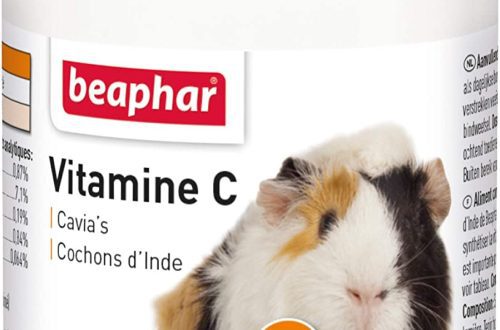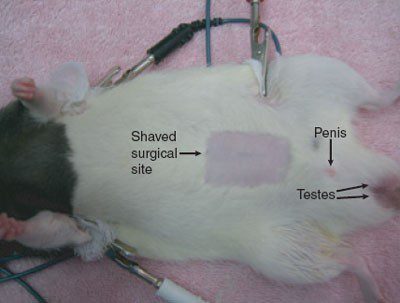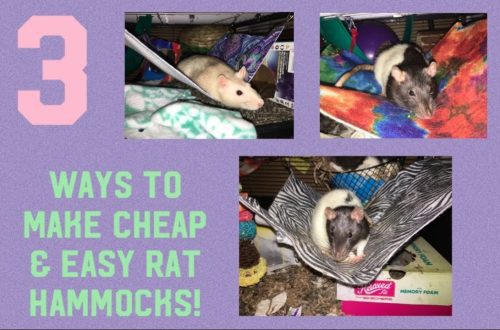
Развядзенне венца
When you breed Coronets, you need to remember that you are breeding only the very best, not “second best” gilts. Another important thing in my opinion is that you should not expose gilts for a very long time before they are used in breeding. This applies to both males and females.
In my experience, a male that has been exhibited for a very long time is found to be incapable of breeding. This way you end up with an excellent show gilt who may even have won a championship or two, but that’s about it. Not a single pig, the successor of his line. Therefore, my coronets are cut at the age of 9-10 months. I used to shear males that were already reaching maturity, but my experience, my desperation that I feel when shearing such adults in full hair of pigs, as well as the lack of cubs from these trimmed adult males, all this does not allow me to do this now. Of course, you can use not him at all, but for example his brother … Yes, he has the same origin, but if you do not follow the rule “cross only with the best”, you can never count on you to get the best!
I myself always cross Coronets with Coronets and very rarely include Shelties in breeding. The use of a Sheltie can cause marriage in the crown, it becomes too flat, but, on the other hand, when using a Sheltie, this same drawback can be corrected by crossing again with a Sheltie. Here everything must be calculated very accurately. But even when you cross Coronets with Coronets, sometimes among the cubs, no, no, and you will meet a sheltie from out of nowhere, which I call a “genetic joke”.
As previously mentioned, Coronets do not award color points, so you can easily cross an agouti to a white gilt and get God knows what color options, it doesn’t matter. But there is a small trap here, which I also fell into when I first started breeding.
The fact is that unusual colors look extremely attractive and spectacular. I got lilac. Many lilac coronets have good coats, but they have poor density. Therefore, when you bring into your kennel a representative of such an “unusual” color, be sure to make sure that you carefully keep all the necessary records. In my experience, the commonly seen coronet colors, such as agouti, cream (with white), red (with white) and tricolor variations, have the best coat texture, and maybe that’s why they are most often found on the show tables …
And I repeat once again: months must be spent to grow such wool, daily grooming, winding and unrolling the curls, not missing a day, combing is necessary … In general, the pig should be too good even for a beginner to do all this, otherwise the game won’t be worth the candle…
Heather J. Heanshaw
Translation by Alexandra Belousova
When you breed Coronets, you need to remember that you are breeding only the very best, not “second best” gilts. Another important thing in my opinion is that you should not expose gilts for a very long time before they are used in breeding. This applies to both males and females.
In my experience, a male that has been exhibited for a very long time is found to be incapable of breeding. This way you end up with an excellent show gilt who may even have won a championship or two, but that’s about it. Not a single pig, the successor of his line. Therefore, my coronets are cut at the age of 9-10 months. I used to shear males that were already reaching maturity, but my experience, my desperation that I feel when shearing such adults in full hair of pigs, as well as the lack of cubs from these trimmed adult males, all this does not allow me to do this now. Of course, you can use not him at all, but for example his brother … Yes, he has the same origin, but if you do not follow the rule “cross only with the best”, you can never count on you to get the best!
I myself always cross Coronets with Coronets and very rarely include Shelties in breeding. The use of a Sheltie can cause marriage in the crown, it becomes too flat, but, on the other hand, when using a Sheltie, this same drawback can be corrected by crossing again with a Sheltie. Here everything must be calculated very accurately. But even when you cross Coronets with Coronets, sometimes among the cubs, no, no, and you will meet a sheltie from out of nowhere, which I call a “genetic joke”.
As previously mentioned, Coronets do not award color points, so you can easily cross an agouti to a white gilt and get God knows what color options, it doesn’t matter. But there is a small trap here, which I also fell into when I first started breeding.
The fact is that unusual colors look extremely attractive and spectacular. I got lilac. Many lilac coronets have good coats, but they have poor density. Therefore, when you bring into your kennel a representative of such an “unusual” color, be sure to make sure that you carefully keep all the necessary records. In my experience, the commonly seen coronet colors, such as agouti, cream (with white), red (with white) and tricolor variations, have the best coat texture, and maybe that’s why they are most often found on the show tables …
And I repeat once again: months must be spent to grow such wool, daily grooming, winding and unrolling the curls, not missing a day, combing is necessary … In general, the pig should be too good even for a beginner to do all this, otherwise the game won’t be worth the candle…
Heather J. Heanshaw
Translation by Alexandra Belousova





